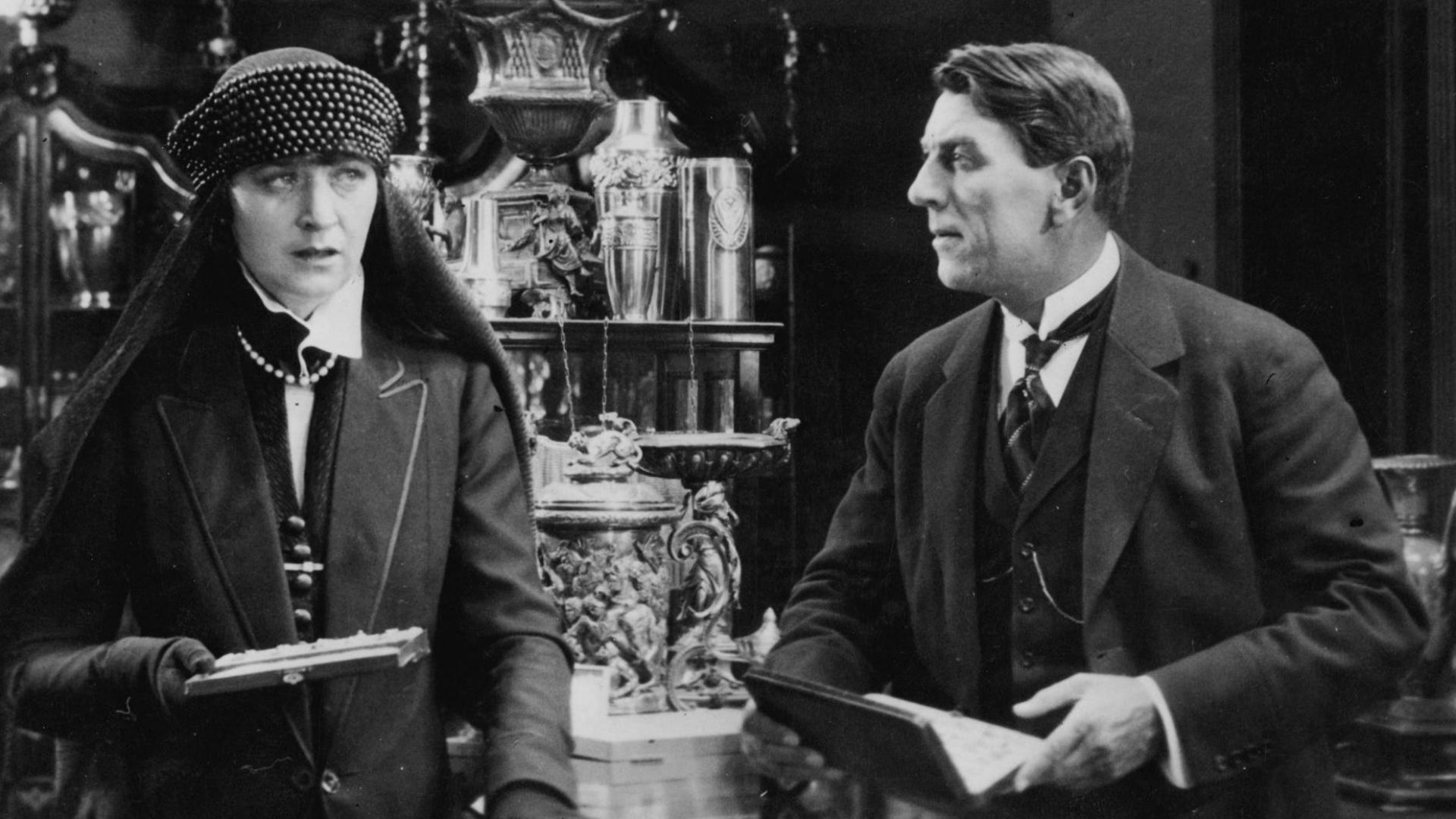In 1922, when silent films were still new and most theaters played comedies or melodramas, a Danish director named Benjamin Christensen released something the world had never seen. His film Häxan, which translates to The Witch, was part horror movie, part historical documentary, and entirely unsettling.
Viewers expecting entertainment found themselves staring into a fever dream of demons, witchcraft, and medieval hysteria. It was so shocking, in fact, that within a few years it was banned across the United States.
So what kind of movie could terrify censors more than the devil himself? Let’s go back to where it began.
The Devil’s Playground
 Svensk Filmindustri on Wikimedia
Svensk Filmindustri on Wikimedia
Christensen’s idea started with an old book he found in a bookshop. It was a fifteenth-century treatise on witch-hunting called Malleus Maleficarum, or The Hammer of Witches. To most scholars, it was a grim relic of superstition. To Christensen, it was a window into human fear. He decided to make a film that visualized that madness—a film that didn’t just tell stories about witches but made audiences feel the fevered paranoia of a society obsessed with them.
Shot in Sweden with elaborate sets and eerie lighting, Häxan blended historical scenes with documentary-style commentary. It showed inquisitors torturing supposed witches, women confessing under duress, and the devil himself (played by Christensen) lurking gleefully behind it all.
When Reality Became Too Real
When Häxan reached other countries, church groups and censors saw it as blasphemy. In Germany and France, it was heavily cut. American distributors hesitated to import it at all. At the time, U.S. censors were hypersensitive to anything that could “corrupt morals.”
The idea of showing intimate visuals or demonic rituals was beyond scandalous. Rather than approving it for wide release, local and regional boards quietly refused screenings or demanded severe edits. By the late 1920s, Häxan had gained a reputation as the film Americans weren’t meant to see.
The film’s promotional posters didn’t help. They promised a “study in black magic” with “startling scenes from the depths of hell.” For 1920s America, where Prohibition and conservatism shaped culture, Häxan was a moral threat. Christensen, for his part, defended the film as educational. He insisted it showed how ignorance and hysteria led to centuries of cruelty, how people once mistook mental illness for witchcraft.
From Ban To Canon
 Svensk Filmindustri on Wikimedia
Svensk Filmindustri on Wikimedia
Today, Häxan is no longer banned. The same images that once provoked censorship now appear in museum retrospectives and film festivals. Criterion released a restored edition, and critics routinely call it one of the most original films of the silent era.
What makes Häxan endure is the way Christensen forced his audience to look at darkness and human cruelty. He turned witch hunts into mirrors that show how societies invent demons when they can’t explain suffering. When you watch it now, the grainy flicker feels like peering into another world, one that’s both distant and uncomfortably familiar. And maybe that’s why it still haunts us a century later.
KEEP ON READING

Laughter Isn’t The Best Medicine. How Hysteria Took Over A…
OurWhisky Foundation on UnsplashOn January 30th, 1962, an all-girls boarding…
By Breanna Schnurr Nov 11, 2025
When Robert Gould Shaw Fell in Battle, No One Retrieved…
Whipple Studio, 1847 - 1873 on WikimediaColonel Robert Gould Shaw…
By Cameron Dick Nov 11, 2025
The Love Triangle That Ended In The Trial Of The…
Evelyn Nesbit was a 20th-Century Helen of Troy. Considered the…
By Ashley Bast Nov 11, 2025
10 Countries With The Lamest Origin Stories & 10 With…
Some Nations Rose In Glory—Others In Paperwork. Not all nations…
By Emilie Richardson-Dupuis Nov 11, 2025
How Mary Shelley’s Frankenstein Became Such A Literary Classic
Author Mary Shelley; publisher Lackington, Hughes, Harding, Mavor & Jones…
By Rob Shapiro Nov 11, 2025
The One 1920s Movie That Was Banned Across The United…
In 1922, when silent films were still new and most…
By David Davidovic Nov 10, 2025
